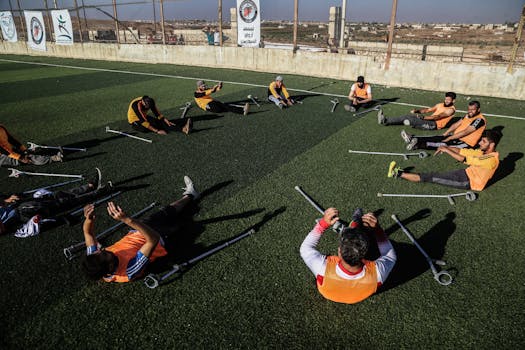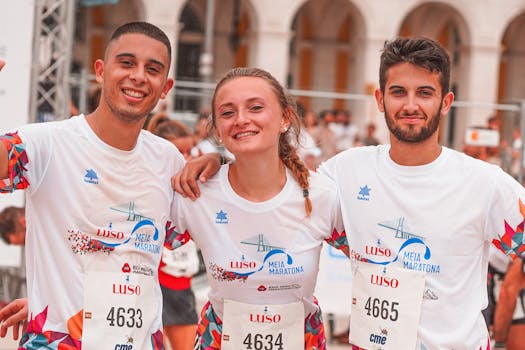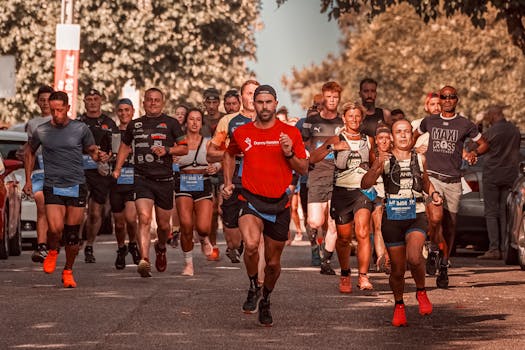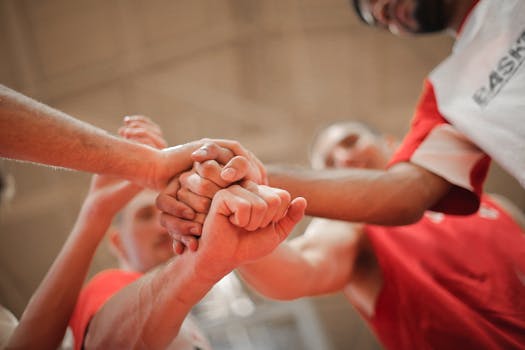Team Fitness Challenge: Achieving Group Goals Together
Takeaways: Participating in a team fitness challenge can significantly enhance motivation, accountability, and camaraderie among members. Setting group goals fosters a supportive environment, making fitness journeys more enjoyable and sustainable.
In today’s fast-paced world, maintaining a healthy lifestyle can be challenging, especially when doing it alone. However, when individuals come together to form a team and set collective fitness goals, the journey becomes more enjoyable and effective. A team fitness challenge not only promotes physical health but also strengthens bonds among participants, creating a supportive community. In this article, we will explore the benefits of team fitness challenges, how to set group goals, and effective strategies to ensure success.
The Benefits of Team Fitness Challenges

- Increased Motivation: Working in a team provides an additional layer of encouragement. Knowing that others are counting on you can motivate you to push harder and stay committed to your fitness routine.
- Accountability: Team members can hold each other accountable, ensuring that everyone stays on track. This accountability can be a powerful driver for maintaining consistency.
- Variety and Fun: Engaging in team-based activities introduces variety into workouts, making them more enjoyable. Participants can try new exercises, games, or challenges that they might not attempt alone.
- Support and Camaraderie: A fitness challenge creates a sense of community. Team members can share their struggles and successes, fostering a supportive environment where everyone feels valued.
- Improved Performance: Teams can encourage healthy competition, pushing each member to perform at their best. This can lead to significant improvements in fitness levels over time.
Setting Group Goals for Success

- Define Your Objectives: Start by discussing what you want to achieve as a team. Whether it’s weight loss, increased strength, or completing a specific event, having a clear objective helps guide your efforts.
- Set SMART Goals: Apply the SMART criteria (Specific, Measurable, Achievable, Relevant, Time-bound) to your group goals. For instance, instead of saying, “We want to get fit,” specify, “We will run a 5k together in three months, aiming for a combined total of 10 hours of running each week.” This clarity makes it easier to track progress.
- Assign Roles: Depending on the size of your team, consider assigning roles or responsibilities. Some members may enjoy leading workouts, while others might excel at planning meals or tracking progress. Utilizing everyone’s strengths can enhance the team’s overall effectiveness.
- Regular Check-ins: Schedule regular meetings or check-ins to discuss progress, celebrate achievements, and address any challenges. This creates an ongoing dialogue that keeps everyone engaged and motivated.
- Celebrate Milestones: Acknowledge and celebrate achievements along the way, no matter how small. Recognizing milestones fosters a positive atmosphere and encourages continued effort.
Effective Strategies for Success

- Choose the Right Activities: Select activities that appeal to all team members. Whether it’s running, cycling, yoga, or group classes, ensuring everyone enjoys the workouts will keep morale high.
- Use Technology: Leverage fitness apps or wearables to track progress and stay connected. Many apps allow team members to share achievements, compete in challenges, and motivate one another through leaderboards.
- Encourage Communication: Foster open communication among team members. Create a group chat or forum where everyone can share tips, advice, and encouragement.
- Incorporate Team Challenges: Organize friendly competitions, such as step challenges or workout duels, to keep things exciting. These activities can help sustain motivation and engagement.
- Focus on Nutrition: Encourage healthy eating habits within the group. Consider meal prep sessions or healthy cooking classes to promote nutritional awareness.
Conclusion


